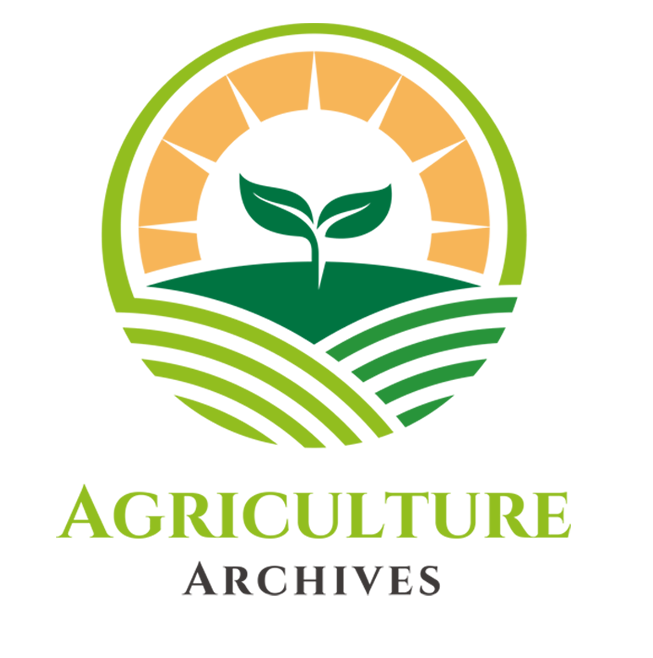Enhancing Garlic Productivity: Unveiling the potential of Alginate Oligosaccharides (AOS)
Introduction In the vast expanse of agricultural innovation, the transformative potential of Alginate Oligosaccharides (AOS) on the growth and yield of garlic beckons attention [21]. Derived from brown algae, these compounds offer a novel avenue for reshaping conventional practices in garlic farming [3]. Traditionally, garlic cultivation has been governed by a multitude of factors, ranging … Read more
